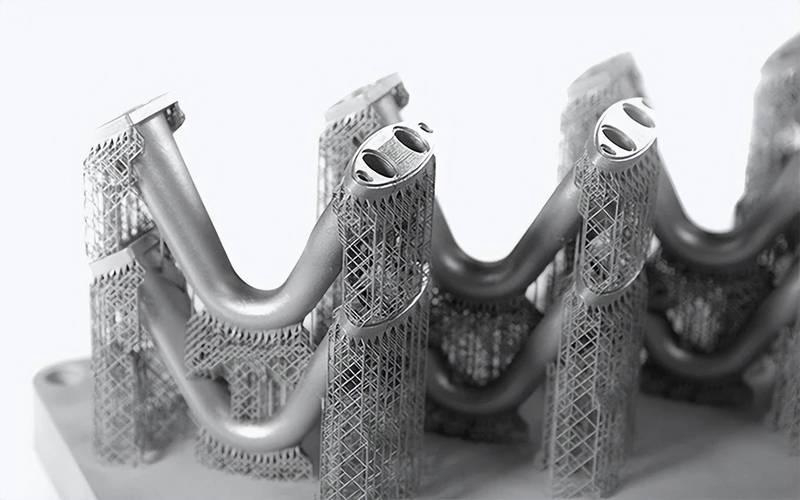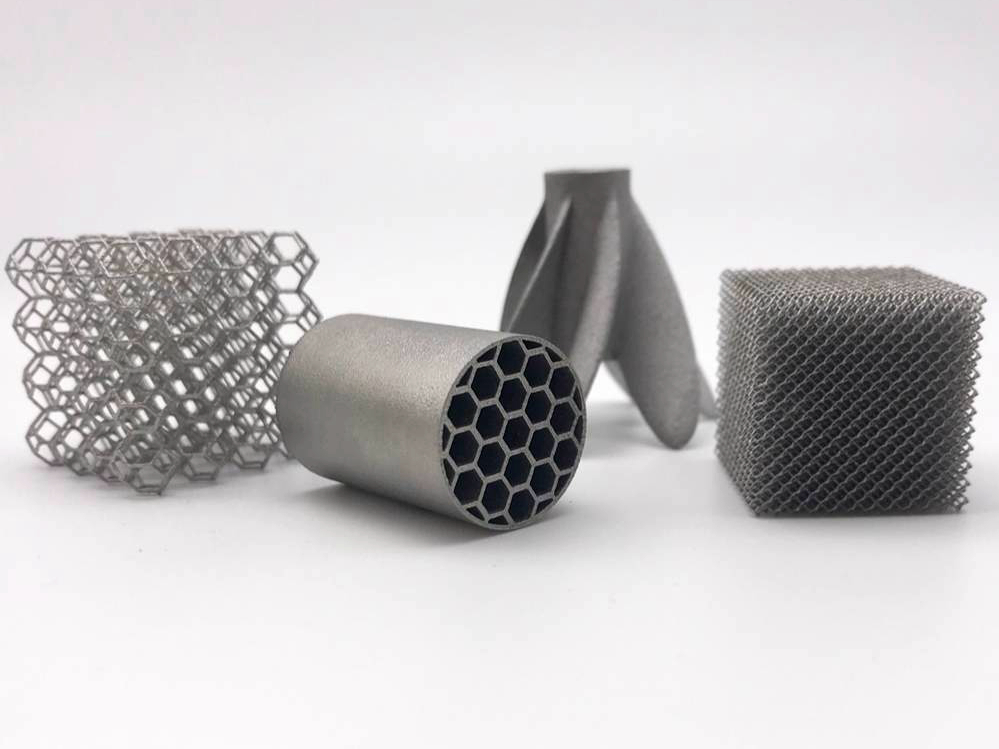How does heat treatment improve wear resistance in 3D printed parts?
How Heat Treatment Improves Wear Resistance in 3D Printed Parts
Addressing Wear Limitations of As-Printed Metals
Metal 3D printed parts—particularly those fabricated via SLM or DMLS—often require post-processing to enhance wear resistance. In their as-built state, many alloys exhibit anisotropic grain structures, residual stress, and suboptimal phase distribution, leading to premature wear under mechanical friction or abrasion. Heat treatment addresses these issues by transforming microstructures and improving hardness.
Mechanisms Enhancing Wear Resistance Through Heat Treatment
1. Precipitation Hardening
Aging treatments in alloys like Tool Steel H13, Tool Steel 1.2709, and SUS630/17-4 PH increase hardness by forming uniformly distributed nanoscale precipitates. This significantly improves surface durability, reducing adhesive and abrasive wear.
1.2709 aged at ~490°C for 6 hours can reach hardness above 50 HRC
17-4 PH stainless steel (H900 cycle) reaches hardness around 40 HRC with high corrosion resistance
2. Phase Transformation
In materials like Inconel 718 or Hastelloy X, solution treatment followed by aging promotes gamma-prime precipitation. This improves not just high-temperature strength but also surface wear resistance in demanding environments.
3. Grain Refinement and Surface Hardening
Annealing and tempering create a fine, uniform grain structure that enhances hardness and resistance to surface degradation. This is critical for load-bearing or sliding contact components such as bushings, bearing cages, and tooling inserts.
4. Residual Stress Relief
Removing tensile stress through stress-relief annealing stabilizes surfaces and minimizes micro-crack propagation under cyclic loading. This is essential for long-term surface integrity in applications such as molds and mechanical seals made from Tool Steel D2 or SUS316L.
Examples of Wear-Resistant Applications
Injection mold cores in Tool Steel H13
Aerospace seals and shrouds in Haynes 230
Mechanical coupling surfaces in SUS630
Die-casting inserts and cutting tools in Tool Steel 1.2709
Recommended Services for Wear-Resistant Performance
To maximize wear resistance in 3D printed components, Neway 3DP offers:
Heat Treatment For tempering, aging, and hardening processes tailored to alloy type and part application.
PVD Coating To add surface hardness and wear resistance without dimensional distortion.
CNC Machining For final tolerances and surface finish after thermal processes.
These solutions ensure extended part life and reliability under demanding operating conditions.



